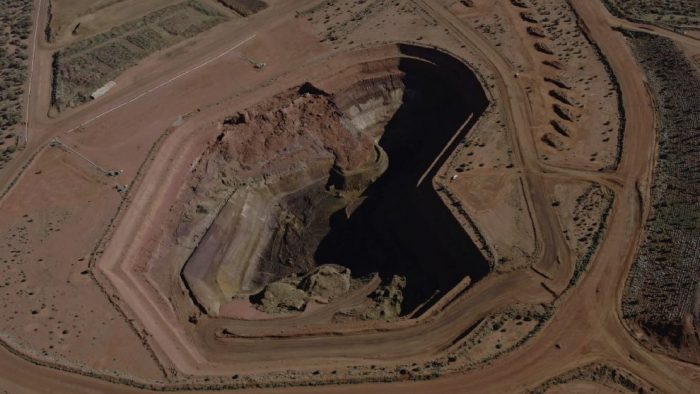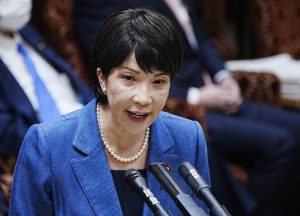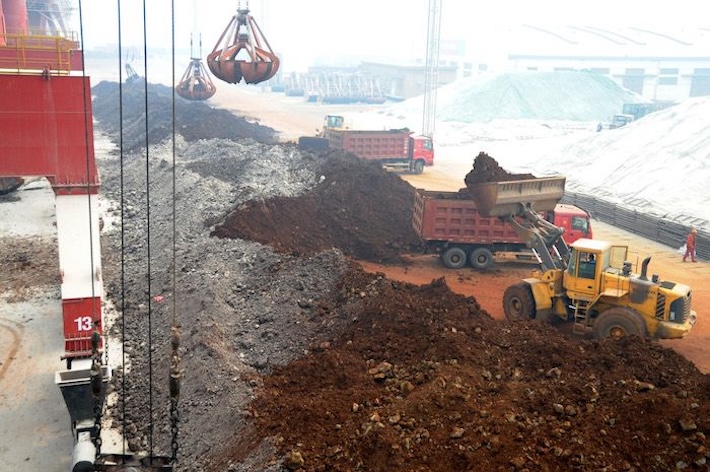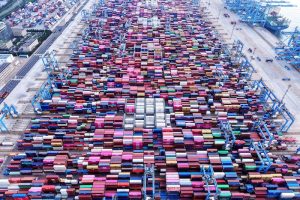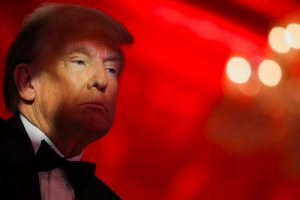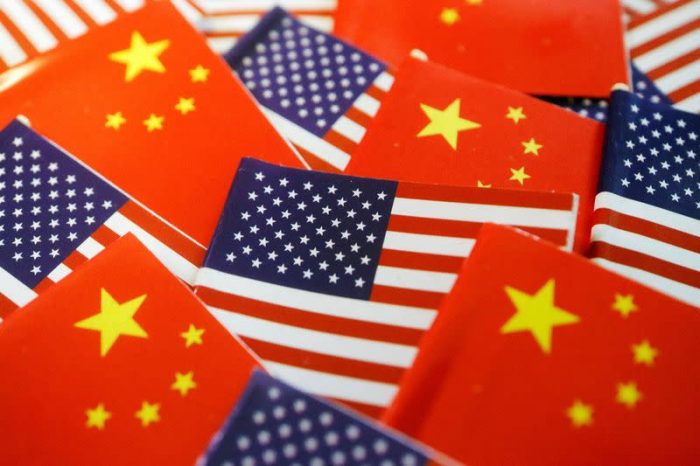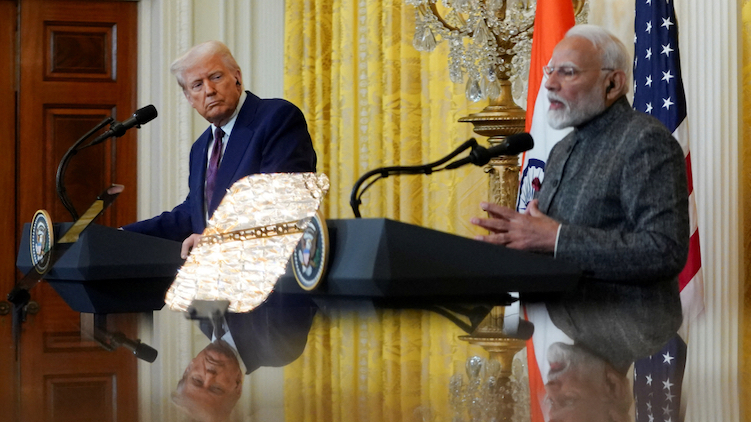Well, the rare earths ‘crisis’ may have finally arrived – a prospect analysts have warned about for years, when China decides to cut off access to refined critical minerals because of a trade dispute and its stranglehold on the refinery process.
Or is Beijing just sending a strong message to Washington and the world that ‘This is what we can do’ – if you cut us off from advanced chips and impose hefty tariffs that put millions of our people out of work?
It’s hard to know. But this has happened before. In 2010, China halted exports of rare earths to Japan for two months, reportedly over a fishing dispute.
ALSO SEE: Shares of Australia’s Lynas Jump on China Rare-Earth Curbs Risk
Recently, China introduced a tracking system for its rare-earth magnet sector. Reuters reported this week that three sources said the latest move is part of export restrictions as they begin to cut off customers around the world.
The national tracking system, which went into effect last week, requires producers to submit extra information online that includes trading volumes and client names, said two sources familiar with the matter and another briefed by those involved.
The world’s largest rare earth magnet supplier and exporter, China in early April imposed export restrictions on seven medium to heavy rare earth elements and several magnets, requiring exporters to obtain licences.
Delays getting approvals have upended supply chains for automakers, semiconductor companies and others, with global automakers already beginning to stop some production lines as reserves run out.
Beijing unveiled high-level plans to establish an information tracing system for rare earth products last June, but there had been no implementation until last week, according to the source briefed on the matter.
The added level of scrutiny suggests that China’s export controls on rare earths and the associated magnets – where it has a near-monopoly on production – could become a permanent feature for the products.
There have been hopes in the US and elsewhere that this would be removed as part of a trade truce agreed in Geneva last month.
In previous cases where China has imposed export curbs on metals, exports have tended to slowly rebound after the imposition of restrictions as exporters apply and receive licences.
“Our current hypothesis is that China would continue its export control mechanism on rare earths, as it’s an ace card for China to hold,” Tim Zhang, founder of Singapore-based Edge Research, said.
Beijing’s long-term target is to track the whole rare-earth production chain, not just magnets, strengthen its control over the sector, and crackdown on smuggling, illegal mining and tax evasion, according to a fourth source who was also briefed on the matter.
- Jim Pollard with Reuters
ALSO SEE:
Carmakers Stressed by China’s Curbs on Critical Mineral Exports
China ‘Totally Violated’ Tariffs Agreement With US, Trump Says
Shipments of US Ethane to China Face Export Licence Uncertainty
US Blocks Chip Design Software, Chemical Shipments to China
Beijing Says Latest US Chip Warning Puts Trade Truce at Risk
Mass Layoffs Avoided in China, But Export Sector Badly Shaken
Asian Markets Rise After US, China Agree to Cut Majority of Tariffs
China Follows US Playbook in Rare Earth Crackdown; Tesla Hit
China Halts Rare Earth Exports, Warns US on Deep-Sea Metals ‘Plan’
China Plunders Rare Earth Minerals as Myanmar’s Civil War Rages




